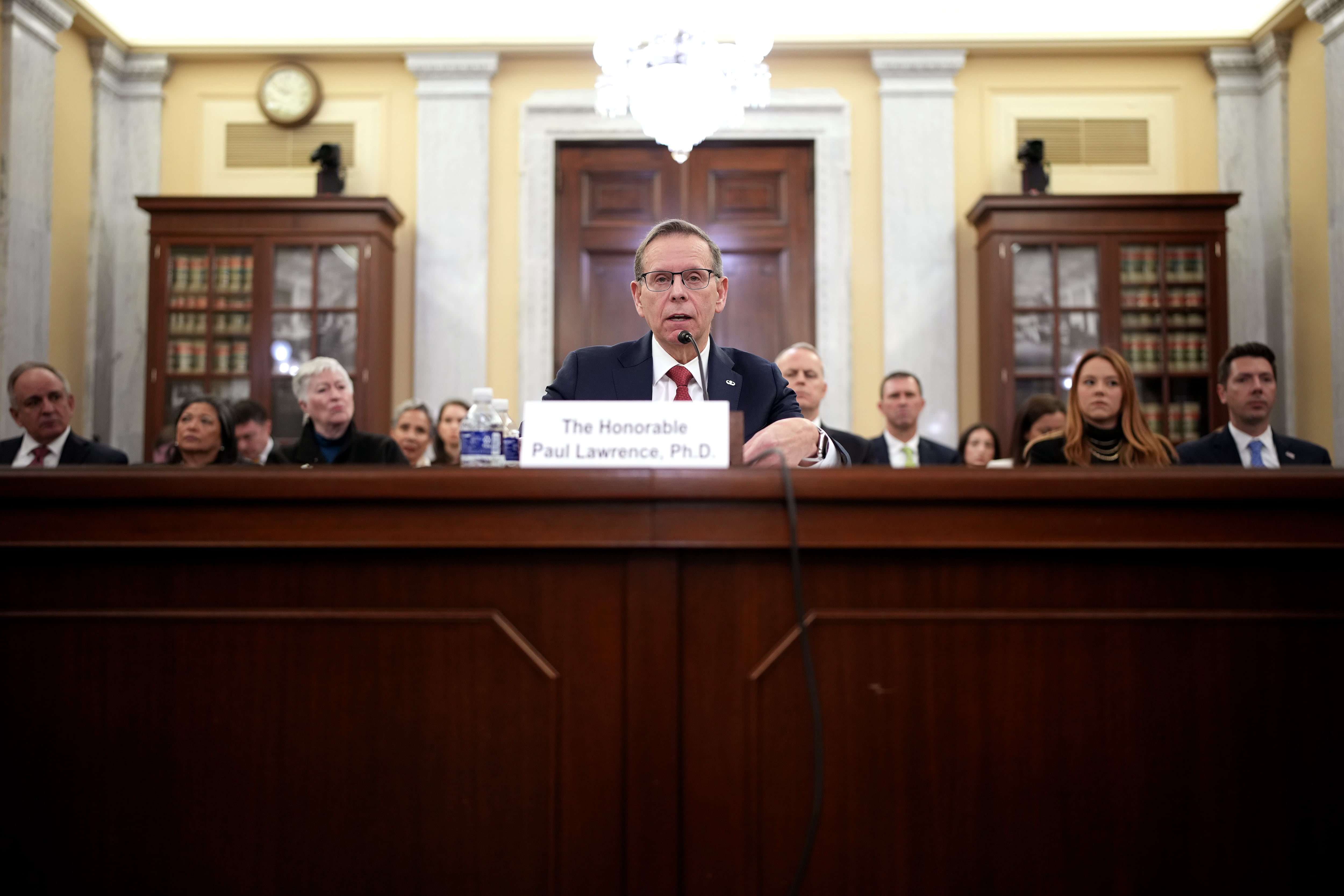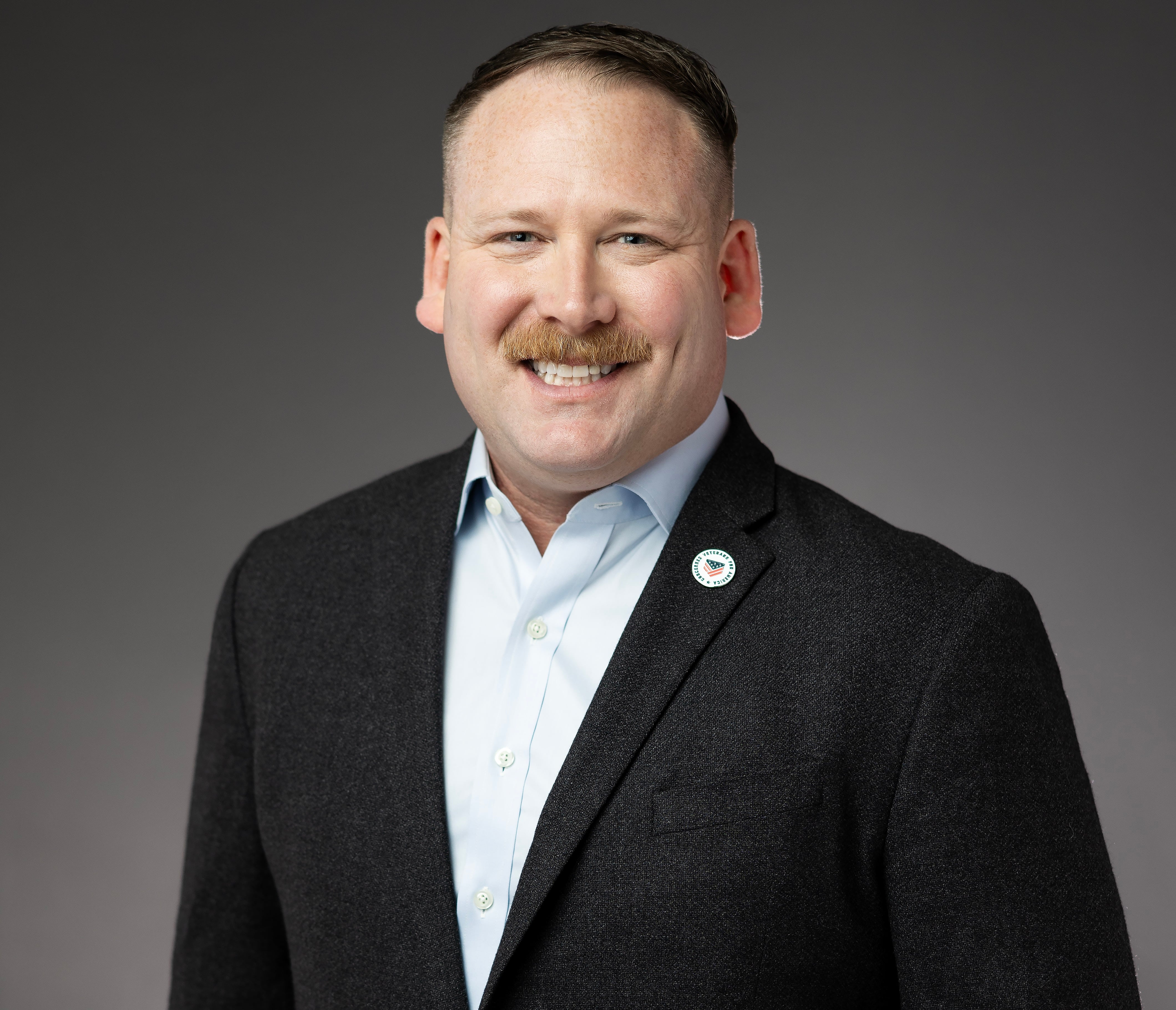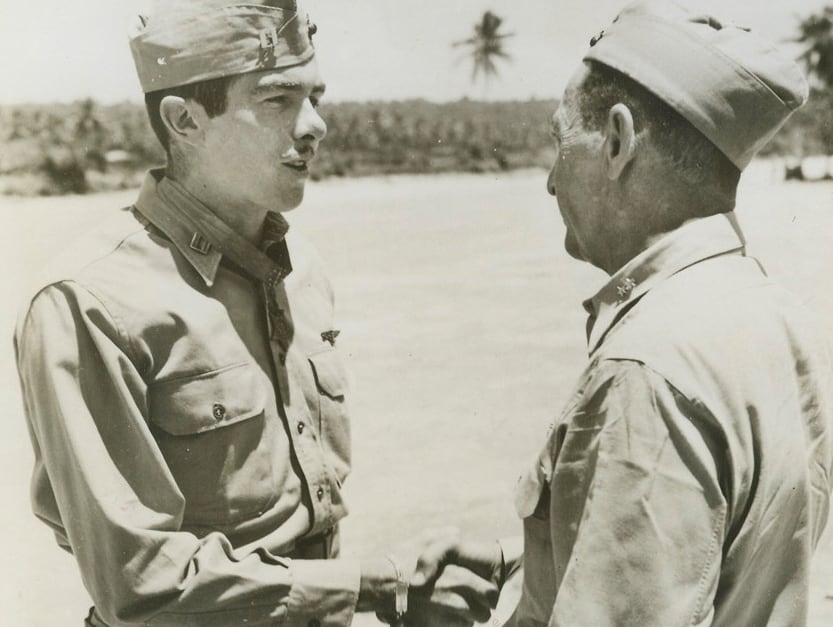Navy Personnel Command has updated their rules on how sailors married to sailors — or other service members are handled with by the detailing system when seeking assignments.
Dual military couples are about to get a better shot at being stationed together.
That's part of the Navy's new guidelines that heighten the priority to co-locate couples where both spouses serve in the military. The Navy also hopes the move will spur the other services to provide greater flexibility to couples that serve in different military branches. Right now, the best news is for dual Navy couples, but officials are trying to push the Department of Defense to extend the same assignment priority to legally married couples that cross service lines, too.
The bottom line, according to the Navy’s top detailer is that detailers are now mandated to give military to military couples priority in getting orders within the same will now — giving them priority in assignments in an effort to ensure they’re able to stay co-located for more of their careers.
"This impacts nearly 20,000 sailors that we know of at the moment," said Rear Adm. Ken Whitesell, head of distribution at the Navy Personnel Command. "There's 9,000 Navy couples and about 2,000 sailors who have identified as having a spouse in another service in the system, but the number could grow."
Here’s What you need to know:
1. New rules. Navy Personnel Command revised dual military couple detailing rules after Secretary of the Navy Ray Mabus called for better flexibility for these couples in a sweeping personnel speech last May. identified the co-location dual military couples a priority for the service. Based on that mandate, Navy Personnel Command, which details sailor between duty stations, set out to revise the policy.
Signed out March 12 and The new policy signed March 12 which is outlined in an updated version of Military Personnel Manual article 1300-1000, released the same day.
2. Highest priority. Being co-located with your spouse is now the default for dual military couples. Though the new article states up front that co-location isn’t always possible due to the careers of the individual sailors as well as the needs of the service, it’s now the default position of your detailer and as long as your records show you as dual military, they can’t say they didn’t know.
"It’s a change and evolution of our IT system, so we have better visibility with automatic triggers so when they’re negotiating orders that it’s mandatory that detailers talk between each other and find orders for each member are in areas they can co-locate in," Whitesell said.
As long as you're in the system as a dual Navy or military couples, your detailers will pull out all the stops to get you assigned together — unless you tell them in writing not to. This means that unless you tell them otherwise, if you’re in the system as part of a dual navy or military couple, they’ll now pull out all the stops to get you assigned together — unless you tell them in writing not to.
The IT system has a way to flag To make this possible, they’ve added to the IT system to flag sailors who identify as dual military, which detailers will automatically see when they pull up the sailor’s information. And if for some reason your and your spouse’s detailers can't get a co-location done, it’s then automatically pushed up to the Navy’s admiral the head of detailing to review why not.
3. Raise your hand. Until now, co-location was something sailors had to apply for every time they negotiated ordersmultiple times during a career — basically every time they negotiated orders," Whitesell said.
Basically the system did not record their dual military status and each time they started to negotiate orders, they would have to make sure their detailer knew that status.
Now once you tell the Navy, the new system the new information system updates will retains that information. But Whitesell says it’s a good idea to log into your NSIPS — Navy Standard Integrated Personnel System account — and update your personal information. Under your spouse’s information is a box that asks if they are in that spouse in in the military. Once you check that box, that status should update throughout the Navy system.
But even Whitesell says For now, it’s a good idea to hit the system from multiple angles to ensure it’s all updated, Whitesell said. Sailors, he says should print out their information and send it to their detailer — then follow up with a phone call to make sure the flags are showing up in their record. Finally, Sailors can also log into the detailing system — CMS/ID — and update their information there, too.
Once the system knows them as part of a dual military couple, they'll be treated as such until they opt out in writing.
4. Reassignment. Whitesell stresses that a Dual military couples must be in what he calls a "legally binding relationship" with the papers to prove it, Whitesell said. The rules are the same for same-sex couples.
"This doesn't apply to couples who are living together, but not married," he added. "Just to be crystal clear."
And the rules are exactly the same for same-sex couples.
According to the policy, the Navy doesn't have a maximum allowed distance for spouses' duty stations, but it says that "90 driving miles should be used as a guide when considering collocation requests."
For couples not presently co-located, they can now request reassignment provided the sailor requesting co-location has completed at least one year at their current command, that a relief for them can be found and that they’re not also in under orders at training. putting them in a training status.
"Every effort will be made to achieve collocation within one year of the request; however, requirements regarding time on station, [proscribed sea tours], obligated service, retainability, recently acquired
skills, and training will all be considerations of the request," the policy states.
5. Inter-service couples. This is currently the wild card in the system, but the Navy’s trying to fix it.
"Right now there is no formal agreement between the services on dual military couple assignments," Whitesell said. "Currently, how we do it is the Navy service member submits their request for co-location and must provide a phone number or some kind of point of contact to their spouse's detailer in the other service."
From there, he said, it's up to the detailer to strike an agreement with their counterpart in the other service — but nothing is guaranteed.
Hopefully, he said, that will change, soon.
"We have submitted a recommendation to DoD for a policy change that would make it mandatory for the detailers to work across the services and adhere to a dual-military co-location policy similar to what the Navy has put in place for dual Navy couples," Whitesell said.
Whitesell said he didn’t have a timeline as to when a DoD policy might happen said it was a Navy priority to get it done.
Mark D. Faram is a former reporter for Navy Times. He was a senior writer covering personnel, cultural and historical issues. A nine-year active duty Navy veteran, Faram served from 1978 to 1987 as a Navy Diver and photographer.





